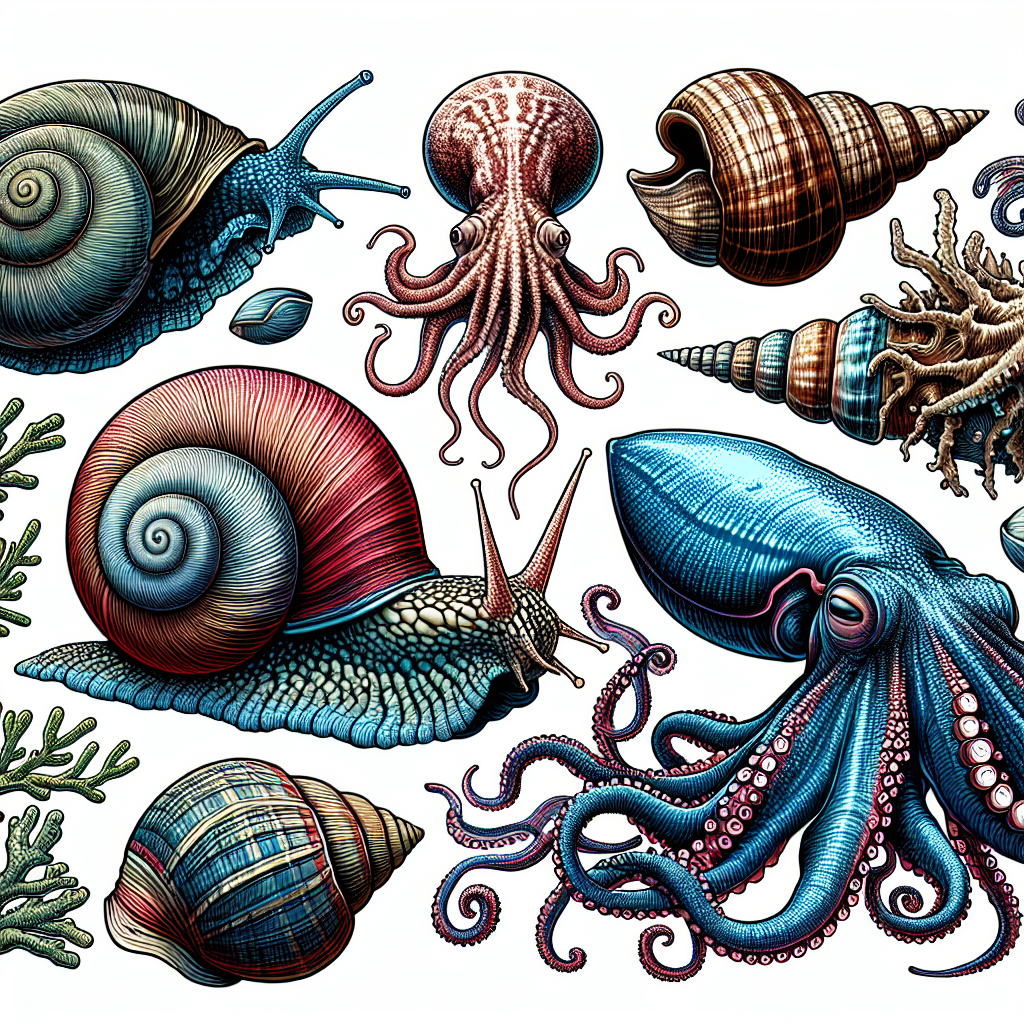Uncovering the Ancient Origins of Mollusks: The Discovery of Shishania aculeata
Fossil discoveries in southern China provide insights into the early evolution of mollusks. A new species, Shishania aculeata, dating back 514 million years, exhibits features revealing primitive traits. Researchers describe spined protective coverings and soft body structures, offering clues to the mollusk lineage before the development of shells.

Fossil discoveries in southern China are shedding new light on the early evolution of mollusks, a diverse group of invertebrates. The newly identified species, Shishania aculeata, dates back about 514 million years to the Cambrian Period and reveals intriguing primitive features.
The fossilized remains of Shishania aculeata, exhibiting a flattened oval-shaped body and dense cone-shaped spines for protection, were discovered by paleontologists. The anatomy preserved in some specimens provided rare details, showing soft body parts that rarely fossilize, thus allowing scientists to understand its structure better.
Researchers highlight that these findings indicate early mollusks, like Shishania, were covered in protective spines before evolving the shells seen in modern mollusks. This species is a significant discovery, giving scientists clues about the early stages of mollusk evolution and their ecological roles during the Cambrian Explosion.
(With inputs from agencies.)










